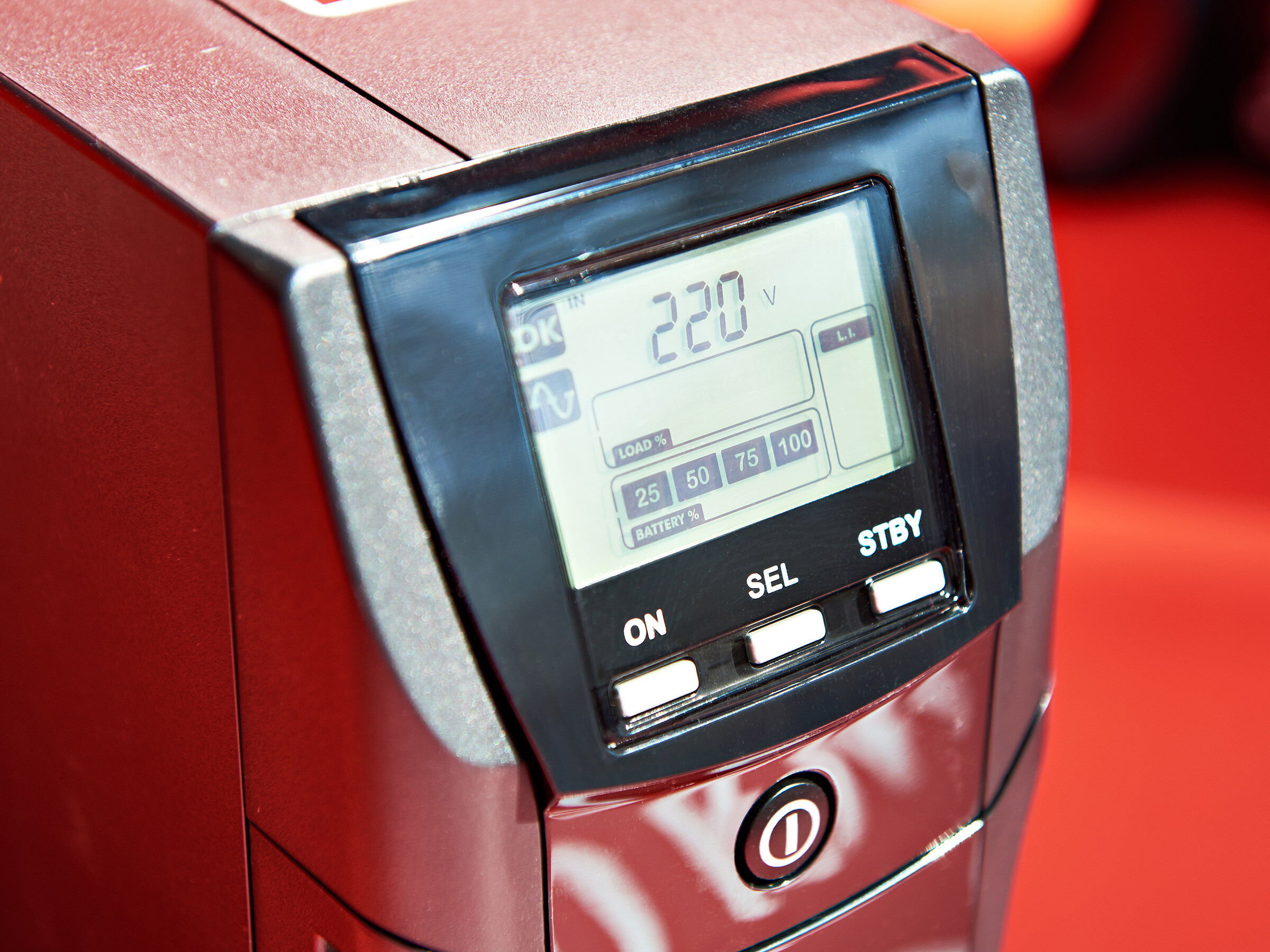
THE PRODUCT:
Uninterruptible power supplies (UPS) provide backup power and typically are used to ensure the continued operation of computers, data center equipment, telecommunications equipment, and other devices in the event of a power failure.
THE STANDARD:
DOE originally proposed standards for UPS as part of the 2012 battery chargers rule. However, DOE later determined that a new test method for measuring UPS efficiency was needed. In December 2016, DOE issued but did not officially publish a final rule for first-time standards for UPS. The standard defines three types of UPS and establishes minimum energy efficiency levels that come into effect two years after publication. DOE held up the publication of the standard three years until a court required them to publish it in early 2020.
California’s battery charger standards covered UPS starting in 2014. Colorado, Vermont, and Washington adopted state standards for UPS equivalent to the standards in the DOE final rule. States that adopted the standards prior to federal publication can implement the standards until the January 10, 2022 federal compliance date. The standards will reduce energy consumption for the most common types of UPS by 40–50%.
KEY FACTS:
DOE estimates that 51% of shipments of uninterruptible power supplies meet the standards in the DOE final rule.
Agreements
Fact Sheets
Timeline
| Federal | Date |
| Next Review Due | 2026 |
| 1st Federal Standard Effective | 2022 |
| 1st Federal Standard Adopted | 2020 |